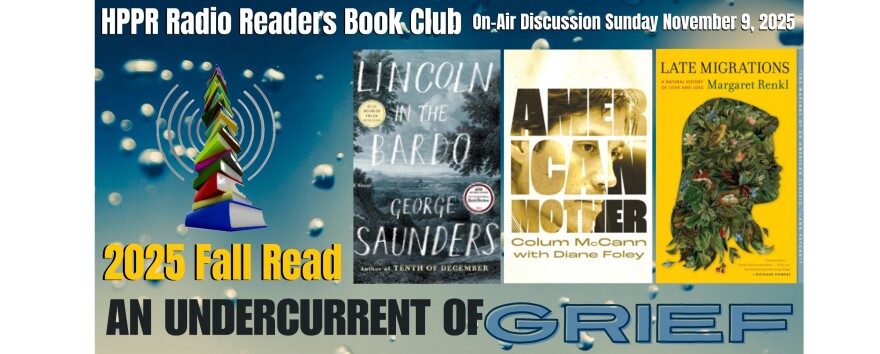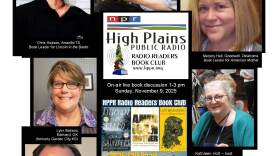Hello, Radio Readers. I’m Julie A. Sellers, author of the novel Ann of Sunflower Lane. Welcome to this High Plains Public Radio Radio Readers Book Club BookByte of What’s So Funny? A Cartoonist’s Memoir by David Sipress.
What’s So Funny? is the memoir of a New Yorker staff cartoonist, and not surprisingly, it blends the written word with the visual as the author recounts the story of his life and career. Both work in harmony as Sipress describes growing up in New York City in the 1950s and 60s, traces the roots of his dream of being a cartoonist, and portrays the impact of his immigrant parents on his worldview. Throughout, his mother’s worry and his father’s aphorisms surface, both in the telling of his life story and his art.
The author describes his mother, Estelle, as the consummate worrier whose primary goal in life was to make certain her spouse was undisturbed by anything at home. Although slight of stature, Estelle was a force in the author’s life, although her worries sometimes drove her to meddle. The cartoon, “My Mom, Wireless, c. 1961,” depicts a mother shouting warnings to her son out of an upper-story window, the last of which is, “And be a good boy!!”
Nat Sipress, the author’s father, was a jeweler who had what he described as a good eye for beautiful things. Nat had an inventory not only of beautiful things, but also of rules to live by. Sipress’s world is shaped in large part by these aphorisms. Gems such as “Don’t count your chickens before they are hatched”, “don’t change horses in midstream” and “let bygones be bygones” resurface as frames for Nat Sipress’s worldview. They become part of the author’s working vocabulary and frame of reference, and versions of them are chapter titles. As someone who was raised in a rural setting where aphorisms were a part of everyday speech, I could relate.
Sipress describe the comic timing that makes his cartoons humorous as “the space between the caption and the drawing.” As the author notes, “The eyes take in the image and register it. For a tiny beat, the brain asks itself, ‘What’s coming next?’” This same sense of wondering where a story will end up permeates Sipress’s memoir as well. The reader, caught up in a reminiscence, is swept along and suddenly, the punchline has her grinning or laughing out loud.
The beauty of Sipress’s memoir is that the author finds humor and the beautiful things his father always sought amid heartache, confusion, and loss. He observes, “‘I’ve always, always, been able to laugh at myself. In fact, I’ve made a career out of laughing at myself.” The author is a master at teasing out the threads that make us laugh, even about the grim reaper. More than only laughing at himself, Sipress’s memoir reflects how joy and sorrow, laughter and tears are always part of one life.
I’m Julie A. Sellers for HPPR Radio Reader’s Book Club.










